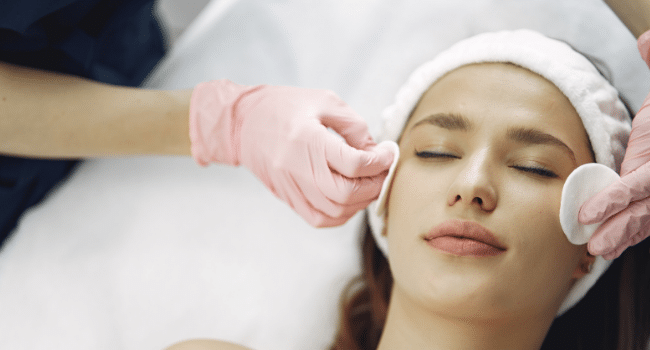Table of Contents
Botox is one of the most widely used plastic surgery treatments in the world today. Yet the treatment remains shrouded in myths and misconceptions. While it’s natural to be concerned about the safety of any cosmetic treatment, Botox has proven to be a safe method of combating the visible signs of aging.
Botox specialists Los Angeles shared some information on to find out why Botox is known to be safe and how it could be the ideal rejuvenating treatment for you.
1. Botox is an extremely common procedure
In 2018, over 7.44 million Botox procedures were performed. Statistics show that Botox continues to rise in popularity and that there are a growing number of providers experienced in administering Botox treatments.
2. Botox is FDA approved for medical and cosmetic uses
The U.S. Food and Drug Administration has approved the use of all forms of Botox injections for people aged 18 to 65. In addition to its frequent use as a cosmetic treatment, Botox is also used to treat a variety of conditions like lazy eye, muscle contractures, chronic migraines, eye twitching, and more.
3. Botox complications are rare
Side effects of Botox are highly unlikely when administered by an experienced provider. In very rare circumstances, patients may experience possible symptoms like pain, bruising, or swelling at the injection site, eye dryness, headache, or flu-like symptoms. However, most patients experience no more than minor discomfort during and after the procedure.
4. Botox is not addictive
The myth of Botox being addictive likely arises from the fact that the treatment is typically administered every 4-6 weeks. This is simply standard procedure to keep the results looking consistent and refreshed, as Botox is a temporary treatment. It does not indicate that patients are addicted to Botox.
5. Botox procedures are not painful
Minimally invasive and nonsurgical, Botox is a quick and relatively simple procedure that consists of very fine needles injecting the chemical into your skin. Most patients experience only a slight pinching sensation that lasts for a few seconds at most.
Read More on KulFiy:
